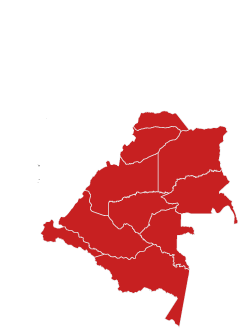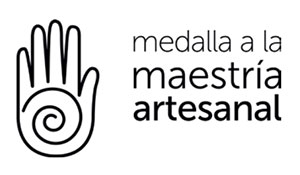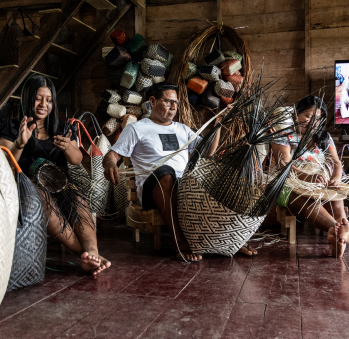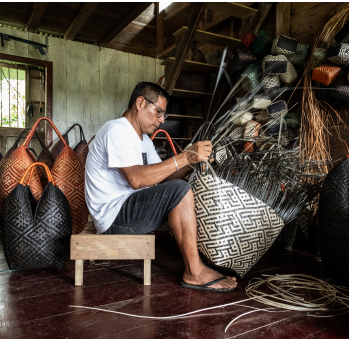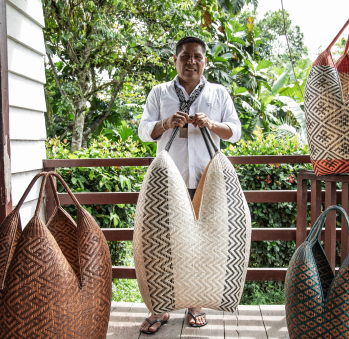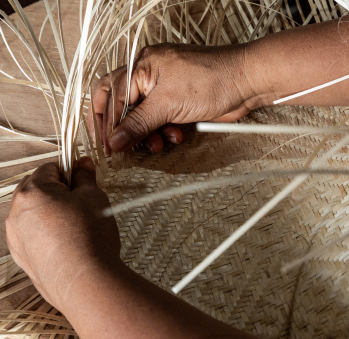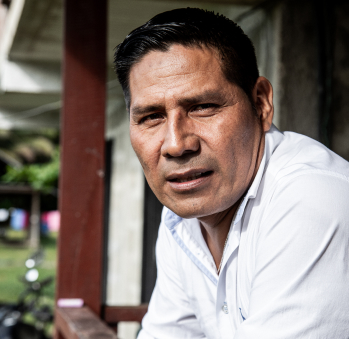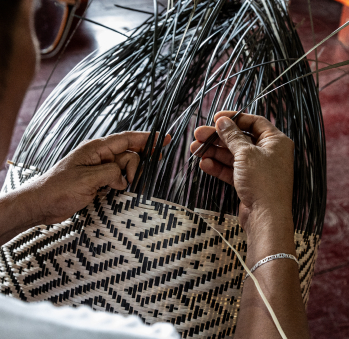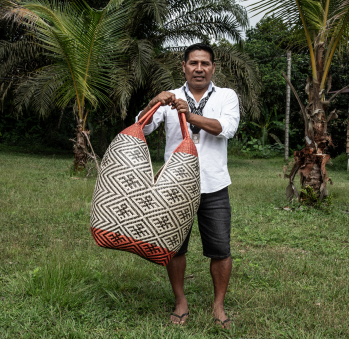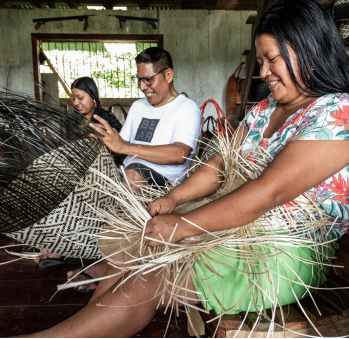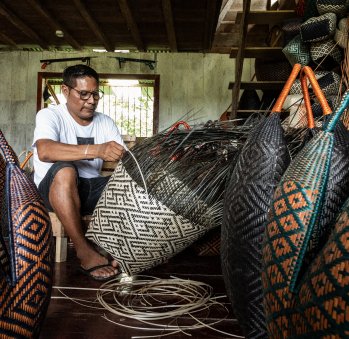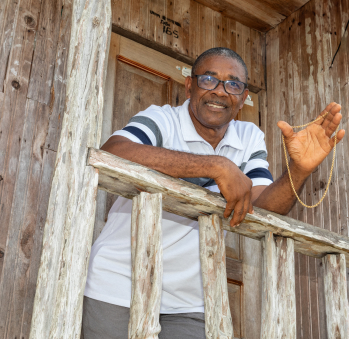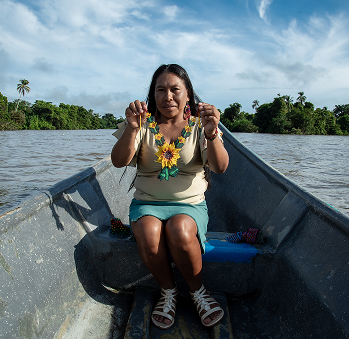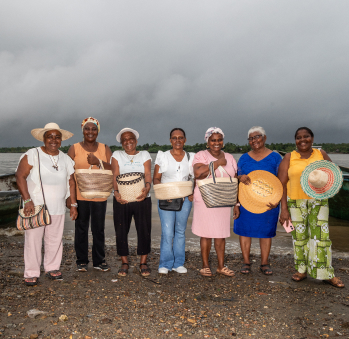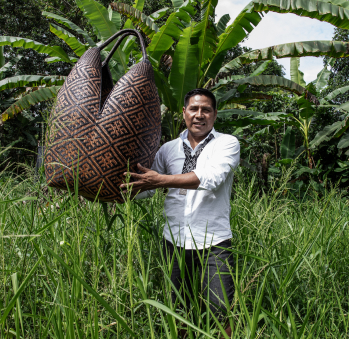Luis Ferney Mejía
SCHEDULE YOUR VISIT
Comunidad indígena Canaan
3127658919
lufeme8@gmail.com
@tradicionentretejida2023
Luis Ferney Mejía is one of the masters of his community. He is an example. He proudly carries his Eperara Siapidara identity and has managed to narrate himself from within his culture in a territory that once felt alien to his people. Although he grew up in Timbiquí, Cauca, he has lived in Guapi since around 2010, as a result of the forced displacement his community endured. And although he prefers to speak through the language of basketry, he understands the need to tell what happened, so he explains it calmly, even though to do so he must go far back in time.
He recalls how, given his family’s precarious financial situation, he had to find a way to earn a living at the age of twelve in order to continue studying. The same was true for one of his brothers, who at fifteen had just started school holidays when he found a one-month job that would make the coming days much easier. But to get there, he had to cross the jungle and walk for two days. On the way back, accompanied by two cousins, they were ambushed and robbed of their hard-earned pay. Worst of all, they were murdered. The family was devastated—especially their father, who sank into silence. But he couldn’t even mourn: armed men came to his garden while he harvested goods and told him to leave the community, to take his family and go, or they wouldn’t be responsible for what might happen. Another deep wound. They had no choice but to flee. And so they settled in Guapi.
It’s here that Luis Ferney connects to the present. Because in Guapi, they had to learn to live without the mountains they used to walk, without the rivers hidden within the jungle that had shaped his childhood—when he’d fish in crystal-clear waters and see the pebbles at the bottom. Now they live among a predominantly Afro-Colombian population, next to the airport, where transportation is done in commercial boats, and casting umbrella-wire darts for fishing is just a memory. Still, despite how much the landscape has changed, one thing that allows his people to keep their ancestral traditions alive is their craftsmanship—especially basketry. It’s an art they’ve mastered and brought into the national imagination through their iconic Cuatro Tetas basket, woven in chocolatillo and paja tetera fibers.
He recalls that the origin of the basket was purely utilitarian: their grandparents used it to carry fish, game, or harvests so bountiful that even the fork of the trees they used to carry it wasn’t enough. So they began crisscrossing the firm, large leaves of palma amarga, wrapping up the catch. That led to a sort of weaving—tying four leaves together created a pointed, rounded shape that resembled breasts. Hence the name Cuatro Tetas or Four Breasts, which also literally translates to that in their language. The first baskets were for single use, but the women of the community perfected the technique and experimented with new materials—chocolatillo, paja tetera, and yaré vine. That’s how it came to be.
Those early baskets were smaller than the ones we see today, some of which stand a full meter tall. And since each piece requires an immense amount of work, the community has specialized in their making. While colors and designs have expanded, they never stop representing their original homeland. That’s why a Cuatro Tetas basket might include butterflies—because on their beaches, fluttering among the trees and along the paths, they were always present. So were spiders and frogs. The images may not be literal—nothing in Indigenous thought ever is—but the graphics say it, tell the story. It is their way of weaving their land into their craft. And through it, continuing their story.
Craft
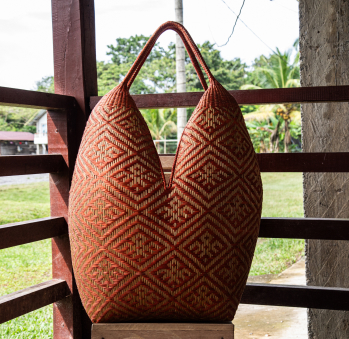
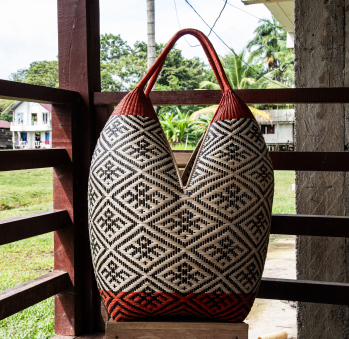
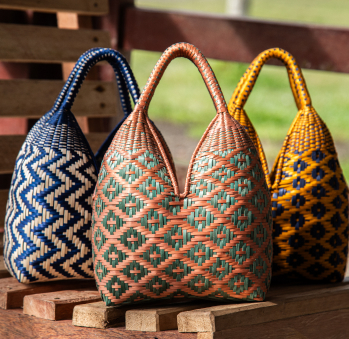
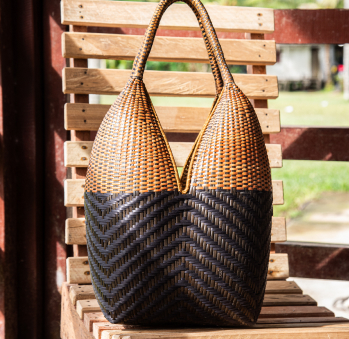
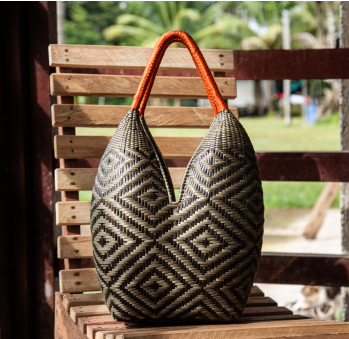
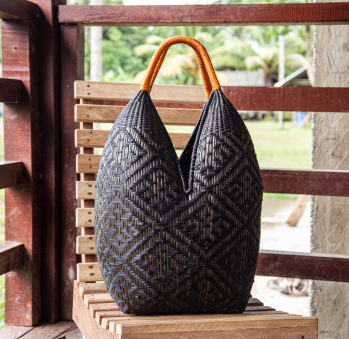
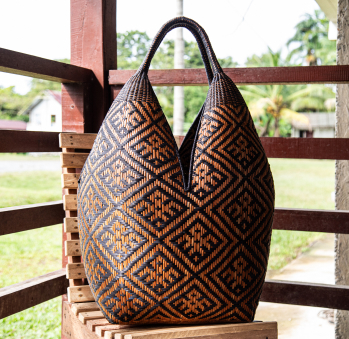
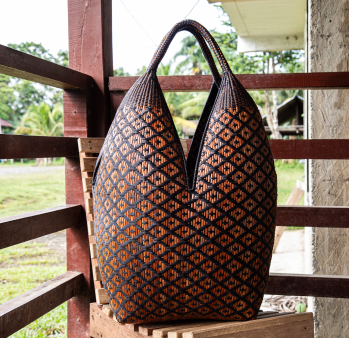








Artisans along the way
Artisans along the way
No puede copiar contenido de esta página

